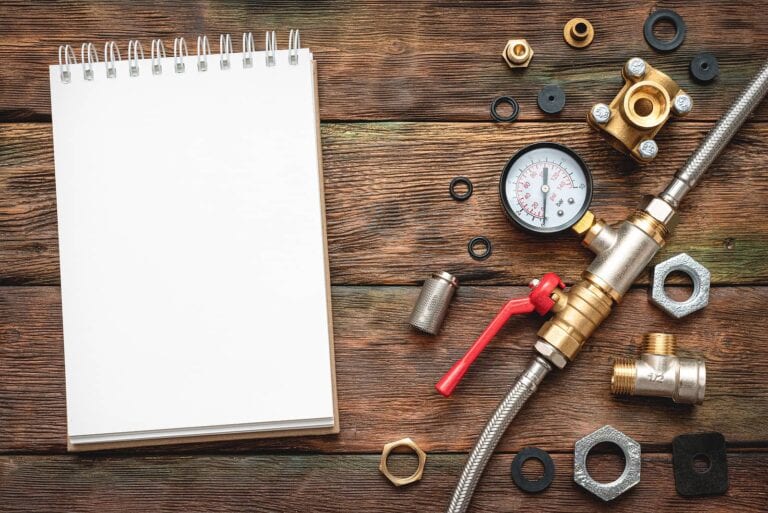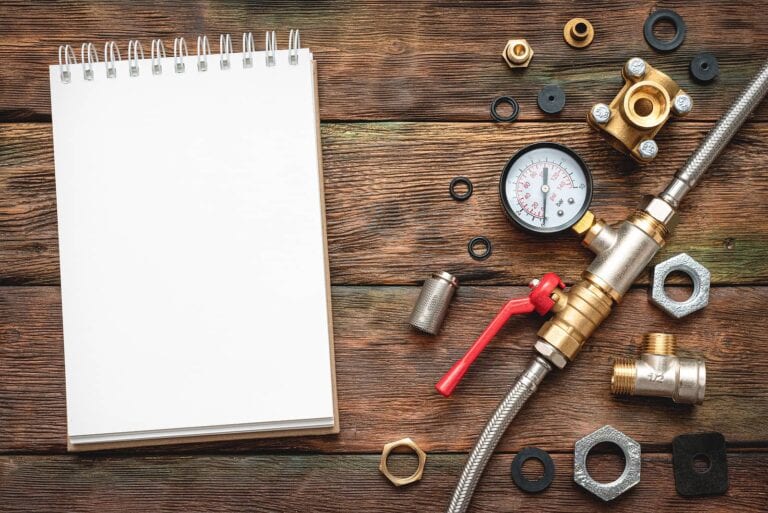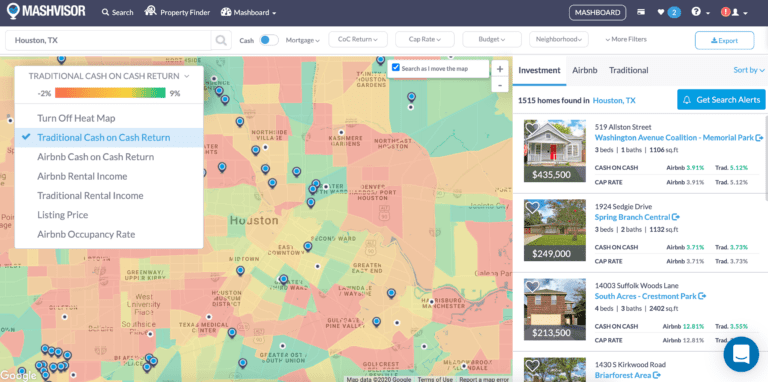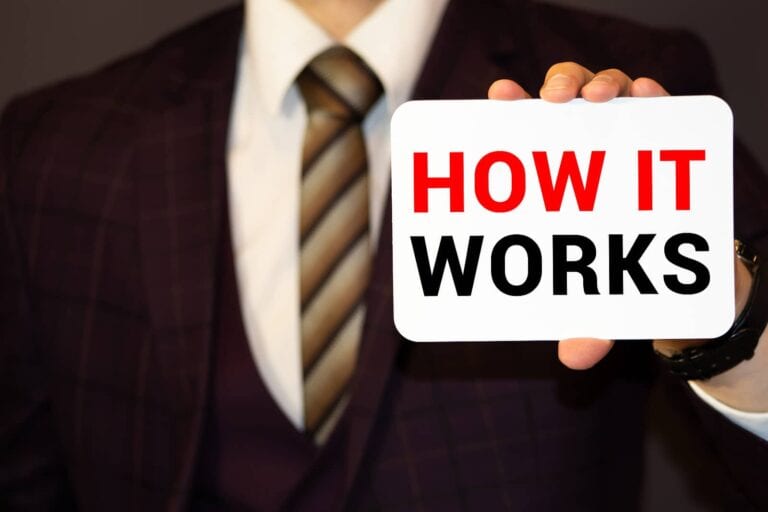How to Estimate Rehab Costs in 4 Steps
How to Get Started in Mobile Home Investing
Looking for a fixer-upper? Then you’ll need to know how to estimate rehab costs accurately and quickly.
When it comes to buying an investment property, getting the numbers right and estimating your profit is crucial. For real estate investors interested in distressed properties, a key component of estimating profits is estimating rehab costs.
In this article, we are going to help you answer the question “How much does a complete rehab cost?” by outlining the four steps you must take to find out.
How to Estimate Rehab Costs
Anyone working with the fix and flip real estate investment strategy will tell you that the cost of rehabbing a house varies dramatically from property to property. Some properties only require cosmetic repairs, while others may have extensive underlying damage.
With time and experience, you’ll learn what kinds of investment properties work best for your real estate investment strategy. You’ll also get better at knowing how to estimate rehab costs loosely, just from doing a property walkthrough. However, you never want to skip the steps outlined in this article. Even the most experienced real estate investors can make mistakes, and they can be costly.
1. Complete a Home Inspection
First, get in touch with a professional home inspector and have them walk through the home with you. It’s their job to be thorough and to notice potential issues with the home that you might overlook.
Ask questions, talk to them, and get recommendations for local contractors. If they’ve been in business a while, they might have good contacts.
2. Make a List of Repairs

The next step is to make a list of repairs.
Based on the home inspection, make a list of repairs and replacements that need to take place before the investment property will be sellable or rentable. Your inspector should provide you with a detailed report of the home walkthrough.
When making your list, organize it into different categories, and prioritize the work that should be done. Consider your investment strategy when prioritizing work. If you are planning to buy and hold, maybe it’s worth investing in replacing certain appliances, knowing they will likely break again at some point in the future. However, if you plan to sell, you can save money by doing a simple repair.
The general rule is to repair whenever possible, and only replace when necessary. Sometimes, real estate investors can get so carried away with creating a beautiful home that they overspend where it’s not necessary. This is a surefire way to kill your budget and eat away at your profits.
Another way to prioritize cosmetic work is to put yourself in the future homeowner’s or renter’s shoes. The most important parts of a home are the bathrooms and the kitchen. On the other hand, a living room probably doesn’t need a full makeover. It’s likely that a fresh coat of paint and mid-price flooring will do wonders. A better place to spend your budget is on updating an old kitchen.
Related: Real Estate Renovation: How Will It Affect Your ROI?
3. Get Estimates on Repairs
Once you’ve determined the scope of work that must be done, you can begin to estimate repair costs by asking professional contractors for quotes. If a quote a contractor gives you seems high, don’t be afraid to ask around for others.
After getting some quotes, you can begin to add up the numbers. If a contractor gives you a price range, it is best to use the maximum price in your rehab projections. This will help you to avoid nasty surprises in the future.
3 Best Real Estate Investment Opportunities to Jump On in 2021
You will be able to come up with your own range for the total cost of repairs as well, spanning from work that is absolutely necessary to additional work you’d like to complete to raise the value of the home. Keep in mind, there are almost always surprise costs when rehabbing homes, so be sure to add some wiggle room in your budget for any additional costs that could come up along the way.
See also: 6 Rental Renovation Tips to Know Before Spending Any Money
4. Conduct a Comparative Market Analysis
So, you’ve learned how to estimate rehab costs accurately and conservatively, but how does this help you determine your profit? A rehab price is just a number until you give it context within your project.
In order to determine whether or not an investment property can turn a profit with your strategy, you will need to subtract your renovation budget from the after repair value of the property. The after repair value, or ARV, is the total value of the property once it is in a habitable – and marketable – condition. It is found by adding the value of the distressed property and the value of renovations together.
Conducting a comparative market analysis is the only way to double-check what a distressed property will eventually be worth. For this, you will need to get your hands on real estate comps. Comps are properties that are similar to your investment property in that they:
- Are located in the same neighborhood
- Have the same number of bedrooms and bathrooms
- Are roughly the same square footage
- Have a similar yard size
- Are about the same age
- Have similar features (pool, garage, etc.)
You can find comps here on Mashvisor.
Once you have a list of real estate comps, make sure the homes you’ve picked out are in good condition, so you will get an accurate picture of potential value. Next, compare the value of these homes to the ARV you estimated. How does it match up?
Finally, you want to subtract the following costs from the estimated value of the property after renovations:
- Cost of renovations (including permits, materials, and labor)
- Cost of holding the vacant property for the estimated time it will take to complete the renovations (taxes, utilities)
- Cost of the initial investment (property purchase price, closing costs)
What kind of profit is left over? Is this a number you are comfortable with? Remember, fixing up a property is a huge commitment and takes a lot of energy to coordinate, so it should be worth your time.
See also: Real Estate Rehab: 8 Steps to Success
The Takeaway:
House flips can be extremely lucrative for real estate investors, but the most successful investors know that using the power of real estate investment software will generate the best return on investment.
If you want to flip or rent out distressed properties, make sure you’re setting yourself up for success by gaining access to:
- The best property database for investors, with automatically generated real estate comps for each property
- The real estate heatmap tool that allows you to find profitable neighborhoods to invest in
- The investment property calculator that predicts income and return on investment for rental properties
You will find these handy real estate investment tools and more within Mashvisor’s online platform for real estate investors. So what are you waiting for? To learn about your options for signing up for our services, click here.
Start Your Investment Property Search!
CMACostsHome InspectionRenovations
Is Buying a Vacant House a Good Investment?





Recent Comments